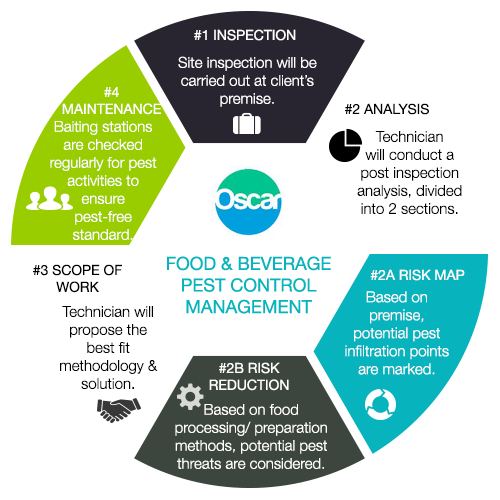Acquiring Knowledge On Exactly How Rodents Behave Is Important For Properly Regulating Pest Infestations. Professionals Provide Valuable Understandings On This Matter
Acquiring Knowledge On Exactly How Rodents Behave Is Important For Properly Regulating Pest Infestations. Professionals Provide Valuable Understandings On This Matter
Blog Article
Authored By- rodent control companies near me
Imagine having the ability to anticipate the actions of your challengers in a video game of chess, constantly remaining one step in advance.
Worldwide of pest control, recognizing rodent habits resembles having that strategic benefit. By acquiring expert insights into the nesting practices, feeding patterns, and interaction and social actions of rats, you can effectively deal with these pesky creatures.
But exactly how exactly do rodents behave, and why is it essential to understand? In https://howtoremoveraturinesmell95172.blog-kids.com/25988622/the-ways-in-which-pest-extermination-services-can-guard-your-well-being-and-home , we will decipher the mysteries of rodent actions, providing you with important understanding that will assist you stay ahead in the fight versus insects.
Are you all set to reveal the secrets of these cunning creatures?
Nesting Behaviors
To recognize rodent habits and efficiently control bugs, it is very important to obtain understanding into their nesting practices.
Rodents, such as mice and rats, have an all-natural reaction to discover sanctuary and create nests where they feel risk-free and safe. These nests serve as their homes, reproducing grounds, and storage space areas for food. Recognizing their nesting behaviors can assist you determine prospective areas of invasion and execute targeted control actions.
Rats commonly prefer nesting in dark, remote rooms, such as attics, cellars, crawl spaces, and wall surface gaps. They use products like shredded paper, material, insulation, and also chewed-up electrical wires to construct their nests.
Feeding Patterns
Rats display distinct feeding patterns that play a crucial role in their habits and can inform reliable parasite control strategies. Comprehending these patterns is vital for implementing successful parasite control actions.
Rats are opportunistic feeders, indicating they'll take in whatever food is readily offered. They prefer high-calorie foods such as grains, nuts, and seeds. This is why appropriate storage of food and waste administration are essential in stopping rodent problems.
In addition, rodents are nocturnal, which implies they're most active throughout the evening when they look for food. By understanding their feeding patterns, you can strategically put catches and baits to optimize their effectiveness.
Keeping food sources unattainable and keeping a tidy setting can assist discourage rats and reduce the risk of problem.
Communication and Social Actions
Comprehending exactly how rats connect and communicate socially is essential for effective parasite control methods. Rats, like mice and rats, have complex interaction systems that they make use of to convey information to each other and collaborate their tasks. Below are 3 vital facets of rodent interaction and social actions:
1. Vocalizations: Rats create a vast array of vocal noises, including squeaks, tweets, and chattering, to connect with each other. These vocalizations can share various messages, such as risk cautions or mating calls.
2. Scent noting: Rats use scent glands to leave chemical signals on things and in their setting. These scent marks work as territorial boundaries and interact information about reproductive condition, supremacy, and social association.
3. Social hierarchy: Rodents have a hierarchical social structure, with dominant individuals having access to resources and favored nesting sites. Recognizing flying termites in house pecking order is important for targeting insect control initiatives and identifying key individuals for elimination.
Verdict
So, there you have it - a brief peek into the fascinating world of rodent actions. By comprehending mole rodent removal nesting routines, feeding patterns, and interaction, we can better take on the problem of pest control.
Did you recognize that a female mouse can generate approximately 10 clutters annually, with each trash consisting of around 5-6 pups? This amazing figure highlights the significance of prompt and effective pest management to stop rodent populations from spiraling uncontrollable.
